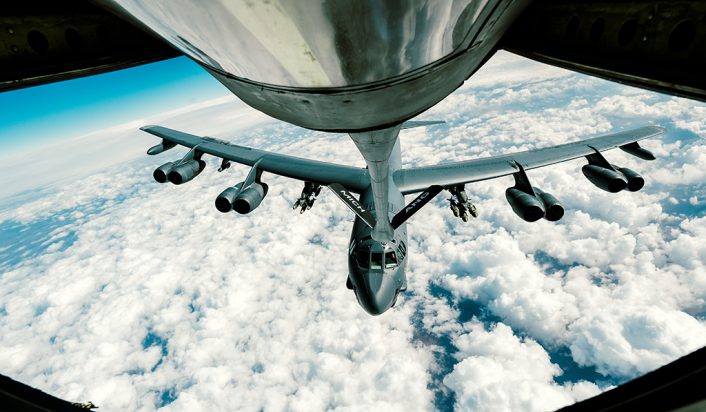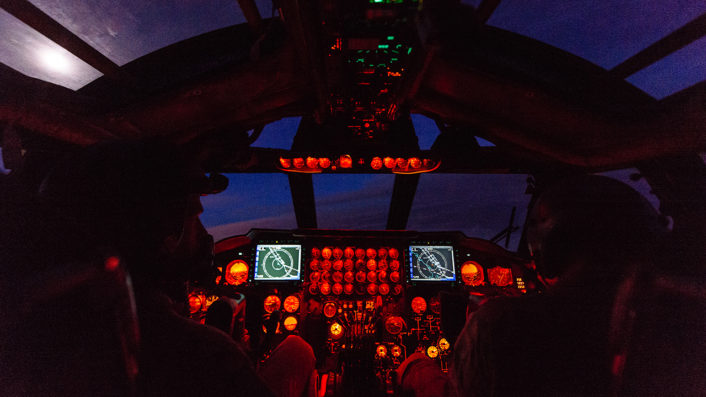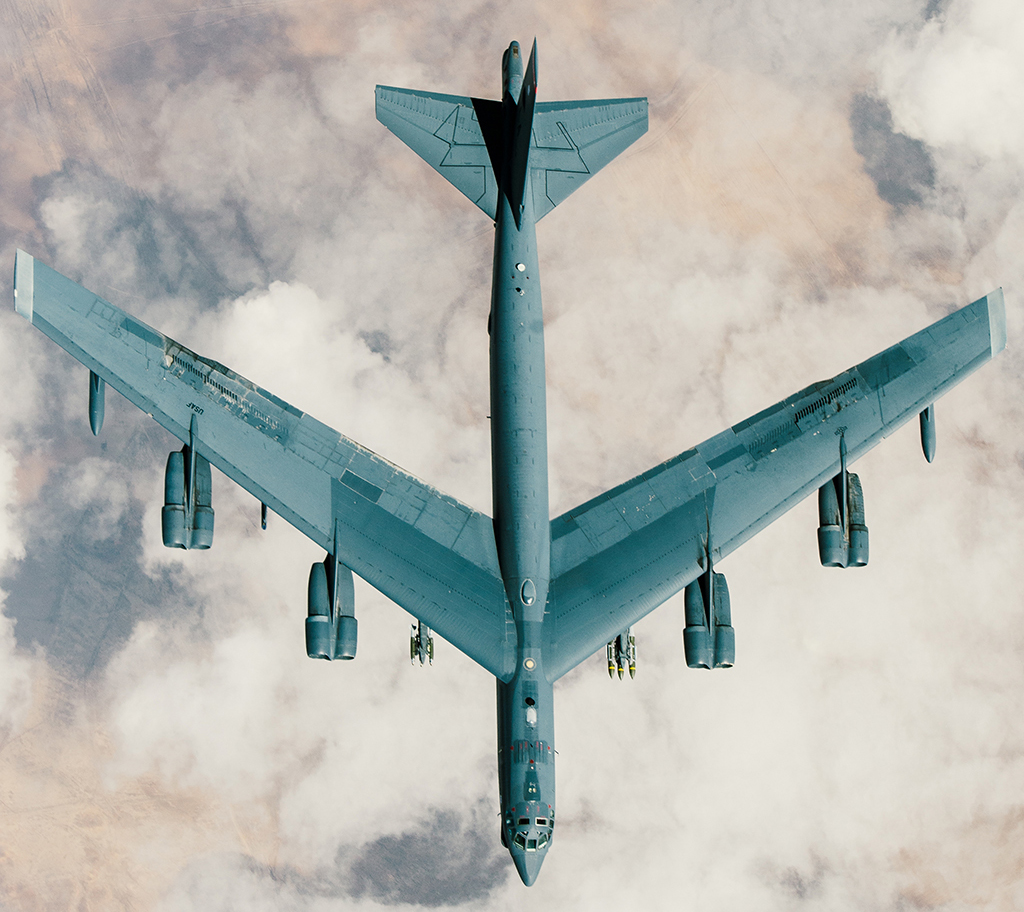The venerable B-52 strategic bombers have been quite busy fighting ISIL in the last months.
Six B-52 Stratofortress bombers are deployed to Al Udeid, Qatar, supporting Operation Inherent Resolve against ISIL in Syria and Iraq since April 2016.
The aircraft have replaced the B-1s, that returned stateside for upgrades and are expected to perform a new tour of duty in the Middle East by the end of 2017.
The Buffs launched their first air strike against ISIS on Apr. 18 (targeting a Daesh weapons storage facility in Qayyarah, Iraq).
Since then, the B-52s have carried out the same kind of missions the B-1s flew in theater before they were relieved by the Buffs: mainly Close Air Support and Air Interdiction delivering a wide variety of PGMs (Precision Guided Munitions): as of Feb. 20, 2017, the strategic bombers have carried out 729 sorties, dropping 3,419 weapons on Daesh targets in Iraq.
Based on the images released by the flying branch so far, the 6o years old aircraft have flown with the underwing pylons loaded with two types of JDAMs (Joint Direct Attack Munitions): the 500-lb laser-guided GBU-54s and the 2,000-lb GPS-guided GBU-31V3 “bunker busters” onto the Heavy Stores Adaptor Beam pylons.

One of the most common loadout includes 3x GBU-31s and 8x GBU-54s along with PGMs carried inside the bomb bay of the B-52H Stratofortress. With the 1760 Internal Weapons Bay Upgrade the Buffs can carry up to 16 external laser JDAMs (8 per pylon) as well as 8 internal J-series weapons mounted on a conventional rotary launcher.
Such “mixed” PGM configuration provide the aircraft the ability to deliver “kinetic” attacks engaging both stationary and moving ground targets with reduced collateral damage (using the GBU-54s, that combines 500-lb Mk-82 warhead and the precision strike capability delivered by its dual Laser/GPS mode guidance system) as well as concrete shelters and hardened targets by means of the GBU-31s that use the BLU-109 forged steel penetrator warhead.
According to the U.S. Air Force, the B-52 will be constantly upgraded so that it will be able to internally carry eight joint air-to-surface standoff missiles, as well as a variety of miniature air-launched decoys. It will also have the option of carrying up to 12 extended-range JASSM-ERs on the external pylons for a total capacity of 20 of these advanced, stealthy cruise missiles.
Until the venerable B-52 is replaced by the recently announced B-21 Raider, the B-52 is projected to continue operations until at least 2040 thanks to a series of constant upgrades that will facilitate the Stratofortress flying into is 90th year.
The current “H” model is indeed much different from the early B-52 that flew for the first time in 1952. It currently features multi-function digital display screens, computer network servers and real-time communication uplinks with Internet access.

Related articles




















